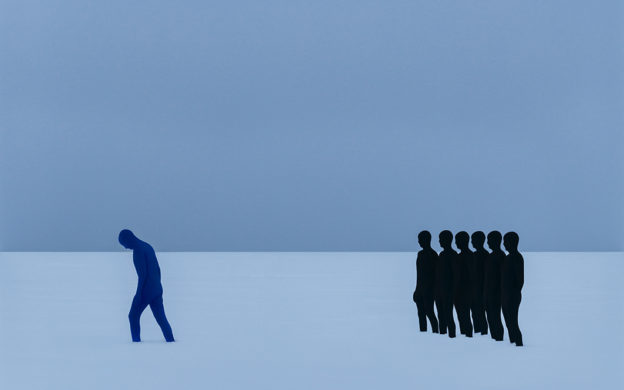Gabriel Isak is a Swedish visual artist who uses photography as a metaphor for experiences of the soul. As Gabriel explains it, there are life experiences that transform and develop the soul. Gabriel’s visual world is surreal, created deep inside the mind and brought to life through minimalism, solitary figures, and melancholic scenes. The images take viewers on a journey between the hope and melancholy, light and dark, reality and dreams. By watching boundless oceans, blue skies, and faceless humans, we fall into an ephemeral state of being.
We spoke with Swedish visual artist Gabriel Isak about his work, inspiration, and how he got his start:
Who is Gabriel Isak? How did you get started in photography?
I’m a visual artist specializing in fine art photography. I’m based in Stockholm, Sweden. I began photographing when I was in high school and experimented with surreal and abstract self-portraiture. After about a year, I fell into the arms of depression and didn’t pick up the camera for another seven years, when I studied for my Bachelor of Fine Arts in Photography at Academy of Art University in San Francisco. That was where I started experimenting with the photography I do now.
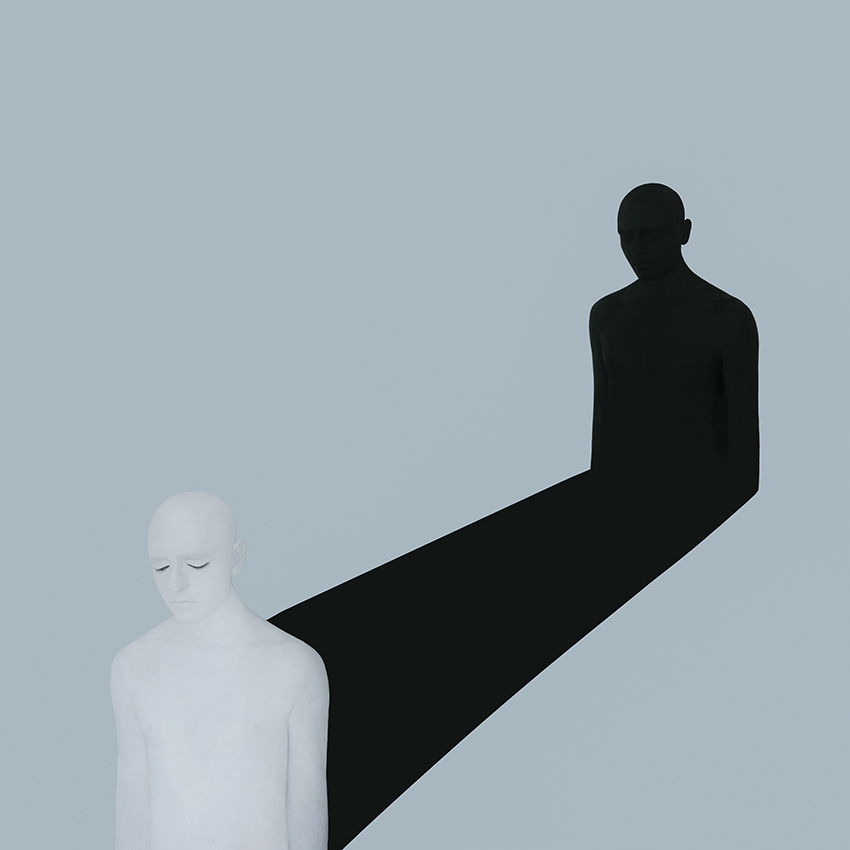
Why did you choose your particular medium? Do you work in multiple mediums?
I got a small camera when I was about 15 years old from my father and began documenting the world around me. I experimented with the image files in Photoshop. I fell in love with the medium of digital photography as it helped me bring my imagination to life. At the moment, I work with digital photography and sometimes with motion too.
What does your process look like?
My photography is very planned in advance, as I like to have as much control as possible over the shoot. I begin by conceptualizing the idea. Then I sketch out the image, decide on clothes, props, location, model, and equipment. After that, I start to produce the shoot and end the process in post-processing where the image becomes finalized. My favorite moment is when I look at the final image and compare it to my original sketch. I feel the joy of having brought it into existence.
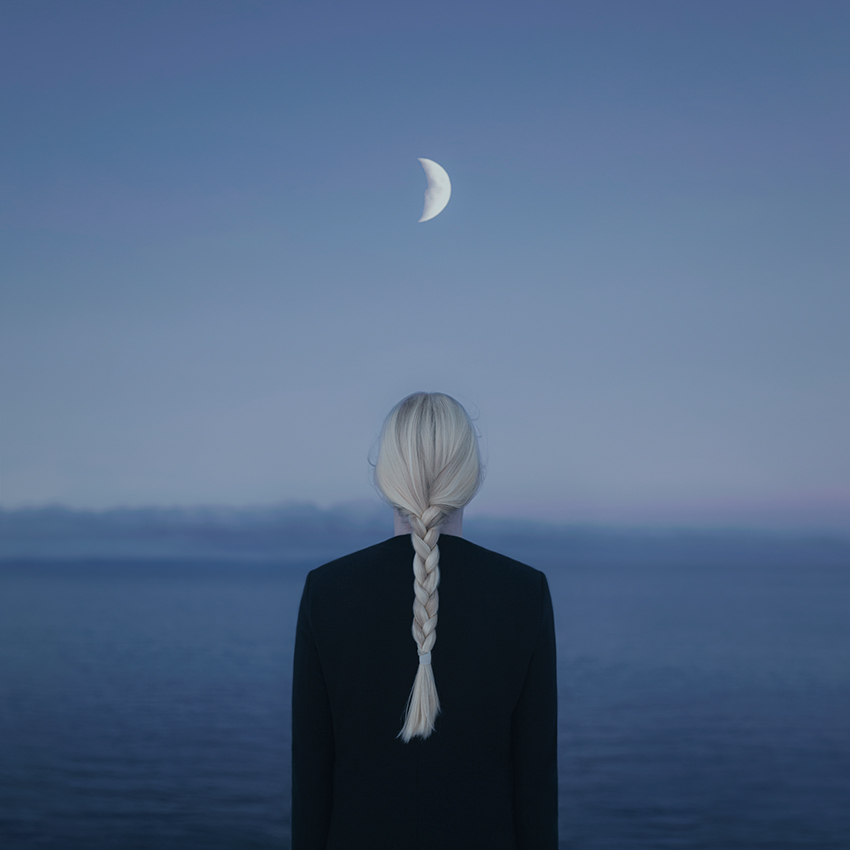 |
 |
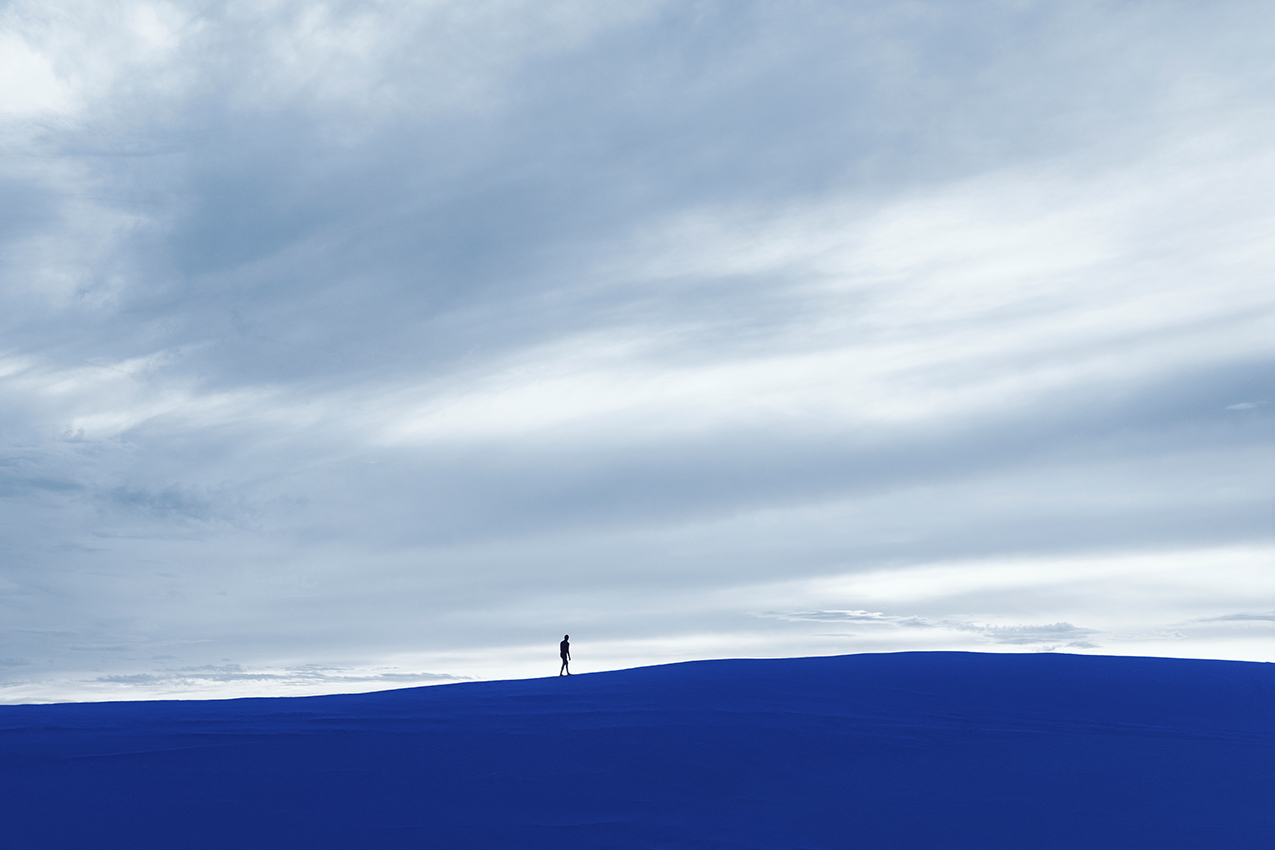 |
|
Can you talk a bit about your journey with depression?
I began going through depression about ten years ago, right before I started high school. It was a very dark and vulnerable time in my life that lasted for seven years. I went to a counselor and took cognitive behavioral therapy for a long time.
During that period, I couldn’t photograph or do any other things I enjoyed. I felt imprisoned and paralyzed. Only after leaving Sweden for San Francisco for a change of environment, I began to see the light again. I started to explore my interest in photography and began to create images that were either related to or inspired by my depression.
Moving to San Francisco and rediscovering my passion for photography saved my life. I have no idea how things would have ended otherwise and am immensely grateful that the depression is no longer in my life.

You use photography as a metaphor for experiences of the soul. Can you explain further?
By experiences, I am referring to life experiences: everything that transforms and develops the soul. This is very subjective from person to person; we are all on a different journey in life. The photography allows me to explore the soul through different visual metaphors and to convey my ideas by using different symbols and scenery.
I don’t have a fixed idea of how the soul looks, it is something I am still exploring. I see it in different ways: as a silhouette, light, or a sphere. I think we all have a soul that stays with us in this life on Earth. What happens afterward is a mystery.
Do you think your photography might be a reflection of your dreams?
I believe that dreams can help communicate and bring to the surface things repressed or ignored. I try to analyze my own dreams from time to time. Sometimes they convey important messages, and other times it’s just a web of surreal illusory images that mean absolutely nothing.
I draw inspiration from my dreams. Things such as characters, scenery, and symbolic messages that I might encounter and merge into my photography. Dreams help me explore the existence of the unconscious mind that my conscious mind refuses to acknowledge.
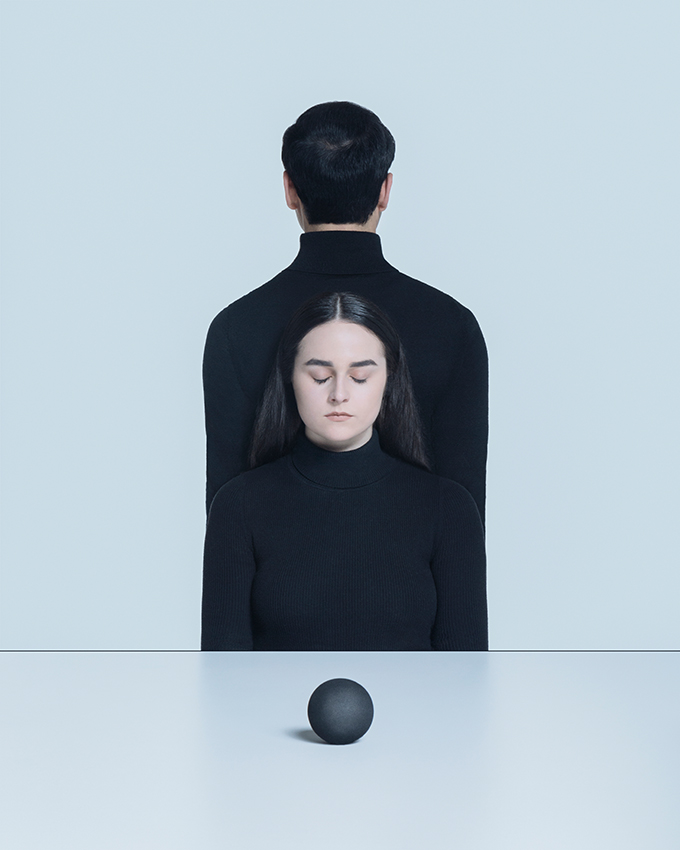 |
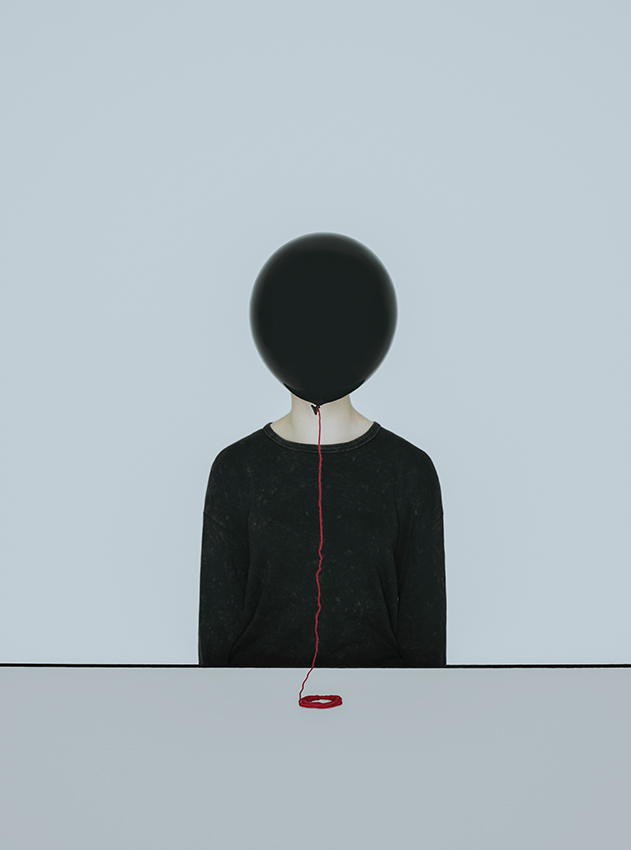 |
Who or what inspires your work? I see a tie between you and René Magritte; would you agree?
My main source of inspiration comes from my personal life. Other sources of inspiration come from Scandinavian nature, graphic design, paintings, psychology, dreams, and cinema.
When I began photographing four years ago, I didn’t have a particular source of inspiration other than images that came to my mind and the inspiration I had with me from the surreal Swedish landscape where I grew up. I didn’t even know who Magritte was (how embarrassing that may sound right now!) until someone pointed out that some of my images reminded them of Magritte.
I began to research him and discovered a few things I had in common with him in my photographic toolbox. Magritte became one of my muses. I think he is the most inspiring surrealist, maybe because I visually relate to him the most.
Do you feel your photography is particularly Swedish or Scandinavian? Why or why not?
I do. Growing up I would always spend time by the lake in my town, which looks like an endless sea, surrounded by surreal landscapes. I have always been a nature freak and Sweden has this bleak and gloomy atmosphere over its landscape that sticks around most of the year. I have drawn a lot of inspiration from the northern scenery and cold colors.

Tell us about your upcoming projects.
I am currently working on a project about existentialism. It is a project that I’ve been sketching out since my graduation from university in December 2016. I was inspired to create it after having moved to New York for work in 2017. During that year I began experiencing existential feelings of being lost; of being put out into a big world to find where I belonged. I hope to turn this project into a book and an exhibit.
I am also working on various other projects and collaborations. I have several exhibitions coming up. At the moment, my goal is to keep producing larger bodies of work, exhibit them, explore new directions, and grow as an artist.
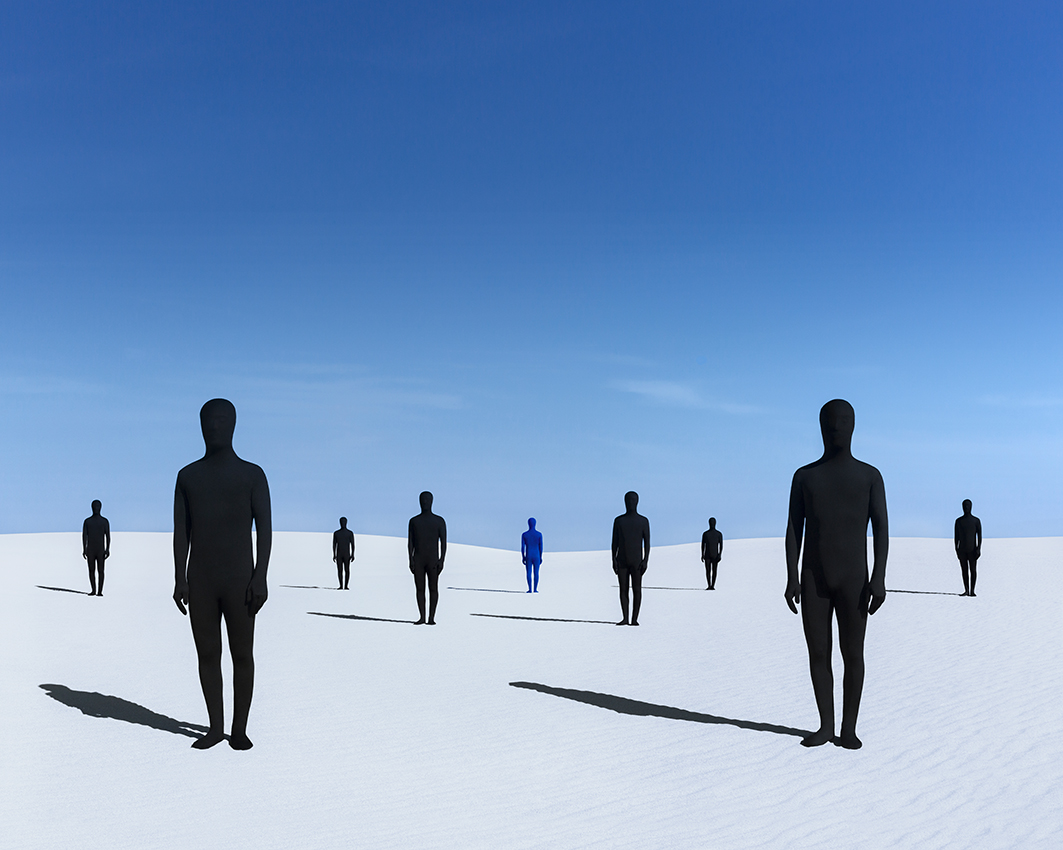
Where can people find your work?
My website, Instagram, and Facebook.
See more Artist Spotlights.

